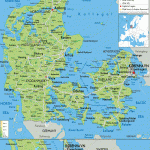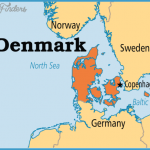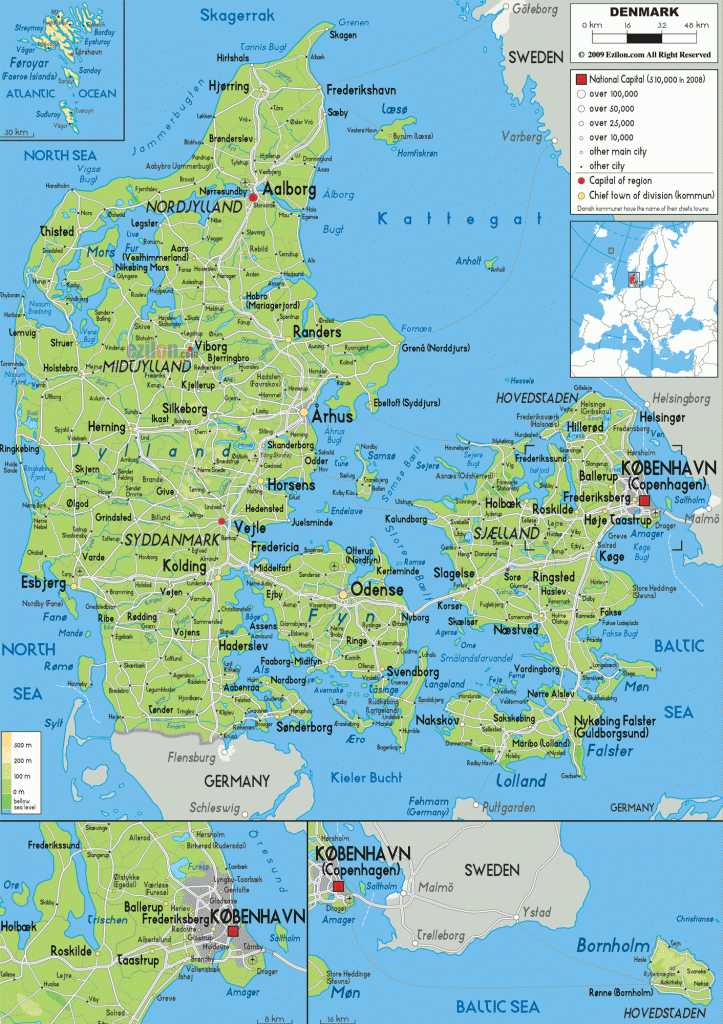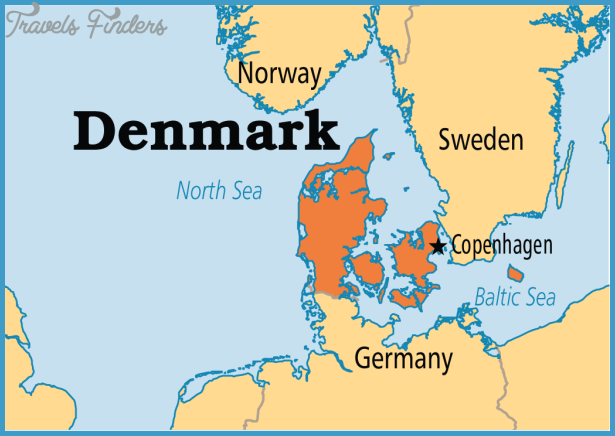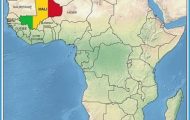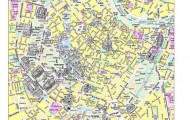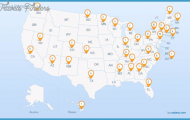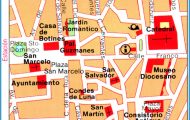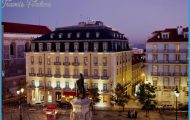DENMARK
Like Thumbelina, the heroine of native son Hans Christian Andersen’s fairy tale, Denmark has a tremendous personality crammed into a tiny body. Located between Sweden and Germany, the country is the geographic and cultural bridge between Scandinavia and continental Europe, made up of the Jutland peninsula and the islands of Zealand, Funen, Lolland, Falster, and Bornholm, as well as some 400 smaller islands, some of which are not inhabited. With its Viking past behind it, Denmark now has one of the most comprehensive social welfare structures in the world, and liberal immigration policies have diversified the erstwhile homogeneous population. Today, Denmark has a progressive youth culture that beckons travelers to the hip pub scene in Copenhagen. Contrary to the suggestion of a certain English playwright, very little seems to be rotten in the state of Denmark.
LIFE AND TIMES HISTORY
The Danes evolved from nomadic hunters to farmers during the Stone Age, then took to the seas as Vikings, sacking the English coast and ruling the North Sea Denmark, then called Jutland, was expanded and Christianized in the 10th century by King Harald the Bluetooth. Under the rule of Harald’s descendents, Denmark’s empire grew, finally comprising all of modem Norway, Iceland, and Sweden. Various disputes plagued the Danish throne, and in 1282 regal power was ultimately made accountable to the Danehof, a council composed of high nobles and church leaders. In the 16th century, the Protestant Reformation swept through Denmark, and Lutheranism was established as the state denomination. Over several centuries, the Thirty Years War (1618-1648), the Napoleonic Wars (1799-1815), and the War of 1864, as well as a series of squabbles with Sweden, resulted in severe financial and territorial losses, and the ultimate establishment of a neutral policy. Denmark’s neutrality during WWI proved fiscally beneficial, allowing the country to profit by trading with the warring nations. World War II saw the country occupied by Nazis, but Denmark refused to comply with pressure to persecute its Jewish citizens. After WWII, Denmark took its place on the international stage, becoming a founding member of NATO (1949) and joining the European Union (1972).
TODAY
Denmark maintains an independent and nationalistic identity. Support for the European Union has been tepid; the country has rejected common defense and the euro, among other EU implementations. Periodic economic setbacks have cultivated support for conservative groups, pitting liberal tradition against a high budget deficit. In 2002, Denmark tempered its long-lauded social welfare system, passing a controversial anti-immigration bill that limits spouses’ rights of entry and eliminates welfare benefits for recent immigrants. Denmark’s unicameral legislature, the Folketing, is led by Prime Minister Anders Fogh Rasmussen, while the monarch, Queen Margrethe II, remains the nominal head of state.
THE ARTS
Denmark’s small size belies its cultural influence. The fairy tales of Hans Christian Andersen from the Little Mermaid to the Ugly Duckling have delighted children throughout the world for generations. Philosopher and theologian Soren Kierkegaard developed the leap of faith, the idea that religious belief is beyond the bounds of human reason. Karen Blixen gained fame under the name Isak Dinesen, detailing her life experiences in the book Out of Africa (1937). Denmark’s most
FACTS AND FIGURES
Official Name: Kingdom of Denmark. Land Area: 42,394 sq. km.
Carl Nielsen, composed six symphonies with unusual tonal progressions that won him international recognition (274). Director Carl Dreyer explored complex religious themes in his films; the most well-known is The Passion of Joan of Arc (1928).
WHEN TO GO DENMARK
Denmark is best visited May to September, when days are sunny and temperatures average 10-16°C (50-61°F). Winter temperatures average 0°C (32°F). Although temperate for its northern location, Denmark is often windy, and nights can be chilly, even in summer; pack a sweater.

